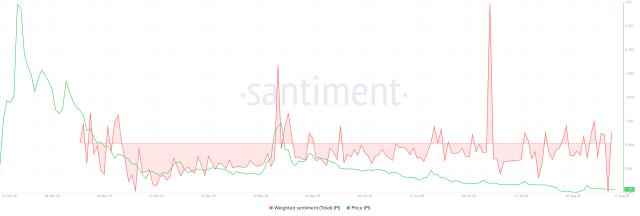Wall Street's old-timers are planning to move "US stock indexes" on-chain. S&P Dow Jones Indices recently announced that it will transform S&P 500 and Dow Jones Industrial Index and other flagship products into blockchain tokens, with a phased release expected this year. This will officially bring the two most watched global price barometers into a 24-hour, cross-regional digital market, opening a brand new entry point for investors.
Promoting Tokenization: Lowering Barriers and Improving Efficiency
Stephanie Rowton, S&P DJI's US Equity Head, explained that the company is choosing a "cautious but proactive" strategy, viewing tokenization as a complement to existing licensing models, not a threat. She emphasized that collaboration partners, including global exchanges, custodian institutions, and decentralized protocols, must meet transparency and compliance requirements.
After becoming index tokens, holders can not only participate in blue-chip indexes with smaller denominations but also potentially trade 24/7 across time zones, eliminating traditional market trading hour restrictions (subject to platform regulations). Smart contracts can automate processes like rebalancing and dividend distribution, further reducing operational costs.
Bridge between Traditional Finance and DeFi
According to RWA.xyz data, the global tokenized stock market value is approximately $370 million as of July 2025. Although the volume is still small, research institutions estimate it could expand to $1 trillion to $4 trillion by 2030.
However promising the prospects, it cannot escape the regulatory gray area. Legal definitions of tokenized assets are not yet unified across jurisdictions, and issues such as how investor rights are connected and whether tokens correspond to underlying stocks with voting rights need attention.
Key Role before 2030
As regulatory outlines gradually become clear and institutional infrastructure is in place, tokenized indexes are expected to become a permanent column on asset allocation tables. For retail investors, buying the S&P 500 may no longer be limited by trading hours and broker account processes; for institutions, it provides an additional real-time settlement and programmable investment tool.
S&P Dow Jones Indices' move may become the first domino in traditional finance's digital transformation. Once the market validates the model, other major index providers and ETF issuers will likely follow suit.







